Home \ Knowledge Hub \ Articles \ Through the Lens of a Hero – Understanding Essentials of Rabies Elimination


03 Nov 2022
Through the Lens of a Hero – Understanding Essentials of Rabies Elimination
SHARE

RACHEL HERSCHMAN
Intern, International Veterinary Health MSD Animal Health

MARTA NOWAK
Marketing Lead, International Veterinary Health
A lot of hard work goes into combatting rabies, but what is needed to achieve its elimination? Today on One Health Day, we dive into the reality of tackling this disease, seen through the eyes of Rabies Heroes in distant corners of the world…. India, Peru, Tanzania, Mozambique… What makes a true impact in the community? What hampers the effectiveness of campaigns in the field? What is strategic vaccination and what are its biggest challenges? How can the international community help make progress faster?
To find answers to these and other questions Rachel Herschman, intern at International Veterinary Health (IVH), spoke with no one less than the recipients of the Rabies Hero Awards. As part of our #Rabies360Challenge last September, she conducted a series of interviews with the Rabies Heroes about their experiences and what they think is essential to control this disease.
“I wanted to help create more awareness for rabies and the #Rabies360Challenge by spreading their messages to social media, something I was inspired to while listening to the emergence podcast episodes about rabies,” said Rachel. “Living in the US, I have the privilege of not having to worry about rabies in my daily life with the wide availability of rabies vaccines and rabies surveillance programs. The same cannot be said for many communities in the Global South, even in 2022. From a One Health standpoint, rabies is a clear example of how animal health impacts human health,” she explained. “I would like to thank my interviewees for giving their time to be interviewed and sending pictures of their work, I hope people find their messages to be as inspirational as I found them to be.”
We learned a lot from these conversations: how teaching rabies at Indian schools makes a difference for the community, what matters when advocating for indigenous people in Peru, what is vaccine sustainability, and what can be achieved through international collaboration. They told us about smart ways of reaching dogs in remote places, reducing rabies transmission from Vampire Bats, and some novel methods of vaccine delivery… Read on as the Heroes reflect on their achievements, the challenges, and their hopes for the future.
Charles Rupprecht: Global Collaboration
Dr Charles Rupprecht received the Rabies Hero Award in 2021 for his tireless work to help eliminate deaths from rabies. In the interview, he explained the need for prioritizing rabies vaccination for dogs and the role of international conferences like Rabies in the Americas (RITA) for being a place where solutions can be freely discussed.

“Has RITA been a success? Yes! People are still attending. As the saying goes: if you build it, people will come.” Is RITA relevant for regions outside the Americas? Absolutely, according to Dr Rupprecht. Progress in Latin America can be used as a springboard for application in Africa and Asia. It is important to ask questions, speak the truth and encourage analysis of the projects that failed.

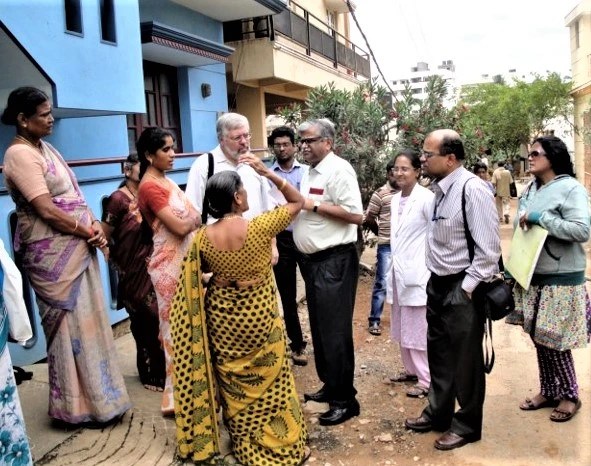
Human deaths from rabies are still happening in many areas in South America, even more than 20 years into the 21st century. Dr Rupprecht said that RITA should be a place for new people, new ideas, open especially to those who have been historically underrepresented and underserved.
Imam Mzimbiri: Field Vaccination Efforts
Dr Imam Mzimbiri received a Rabies Hero Award in 2021 for his hard work leading Tanzania’s largest mass dog vaccination program around the Serengeti National Park. He leads a team of field officers to carry out dog vaccinations in remote villages, reaching approximately 40,000 dogs every year. His work in the field requires that he spends 9 months of the year away from his family, while also contributing to peer-reviewed publications focused on rabies. These efforts have led to increasing awareness of rabies in the community and have improved veterinary care.
Dr Mzimbiri, who is utterly dedicated to “saving human lives from this deadly disease which causes deaths to thousands of people each year”, has shared these photos with us that picture the reality of his work in the field:
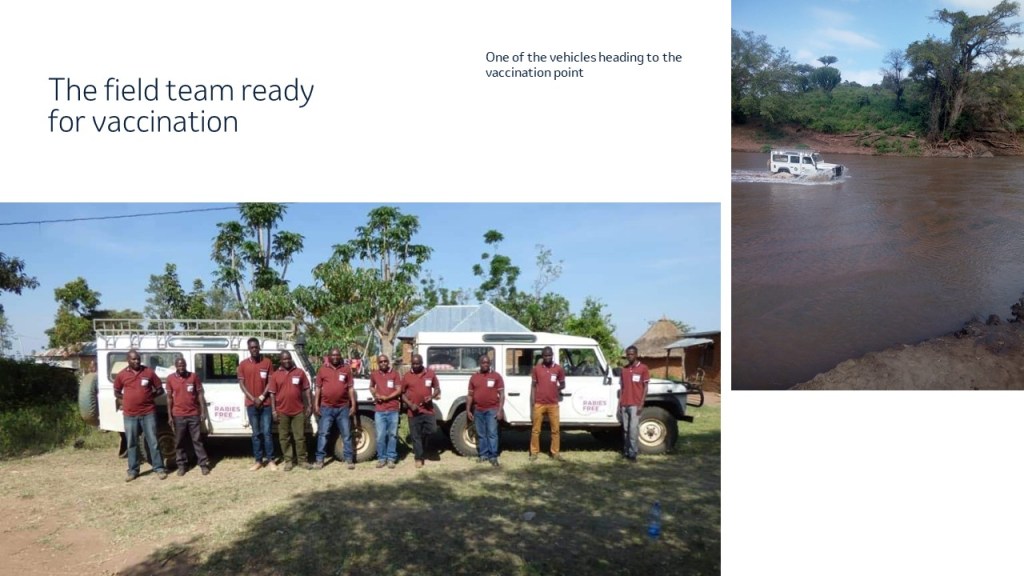
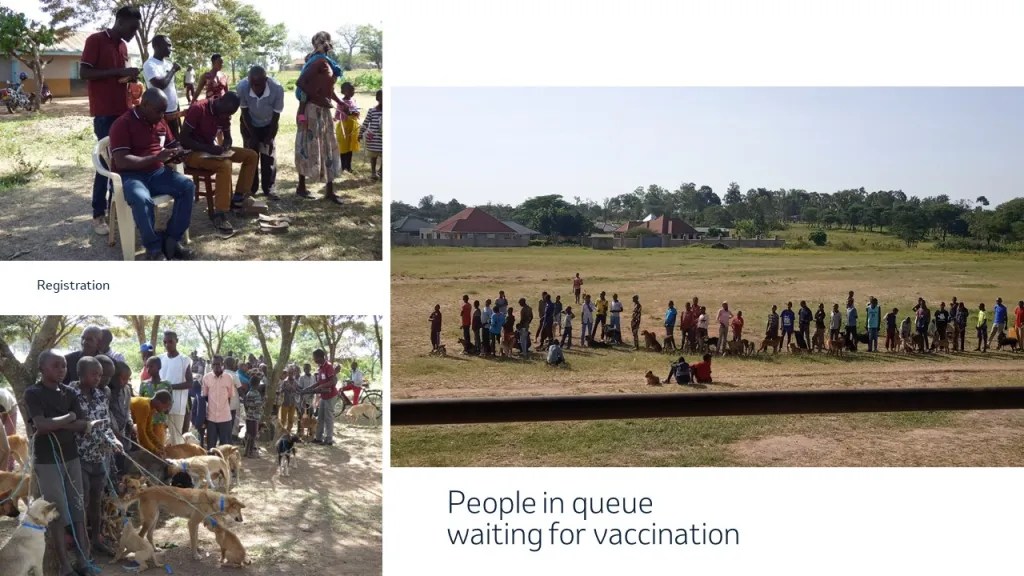
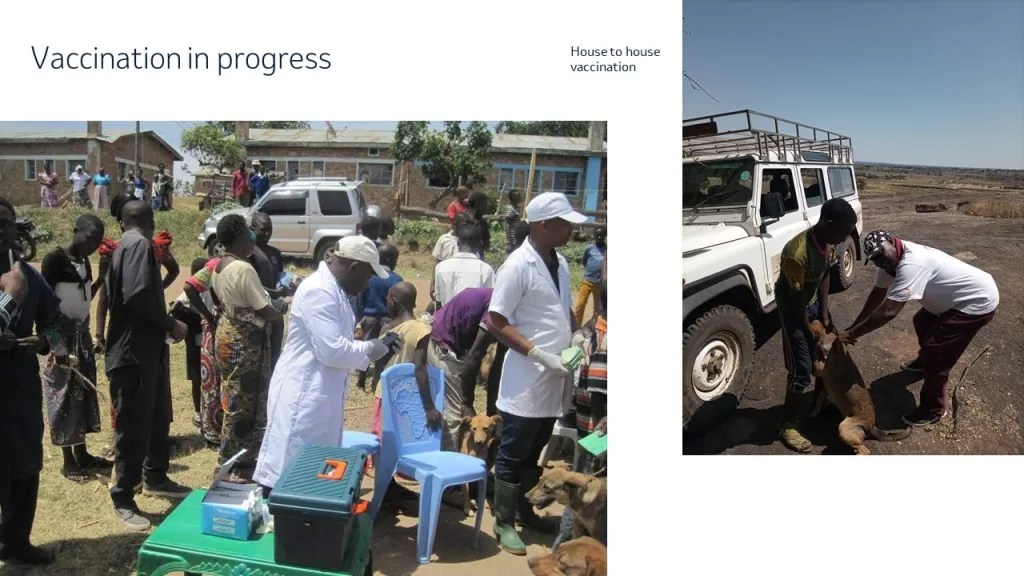
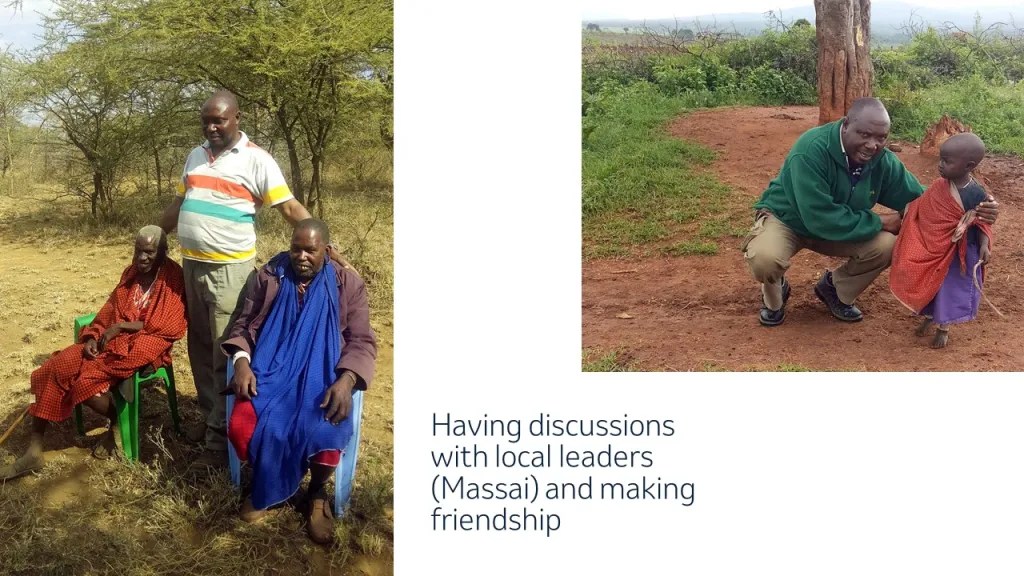
Sergio Recuenco: Science and Communication
Dr Sergio Recuenco is a Professor at the Peru’s National University of San Marcos who studies Vampire Bat-mediated rabies. He was named a Rabies Hero in 2020 for his rabies research and advocacy. In the interview, Dr Recuenco talked about the challenge of getting rabies education and prevention tools to indigenous groups living deep in the Amazon Rainforest, where many rabies cases are occurring due to Vampire Bats. Rabies in these communities can be particularly devastating.
He recalled an outbreak in Ecuador that resulted in the deaths of 11 children, 30% of the generation of that ethnic group. One method of prevention used mosquito nets but getting the nets to very rural areas can take a very long time and is expensive as many locations can only be reached by boat or walking. And the nets that do come frequently arrive damaged, rendering them ineffective. Another method was administering pre-exposure rabies vaccines to everyone living in the areas with the highest risk, which was done in 2011 and resulted in zero rabies cases.
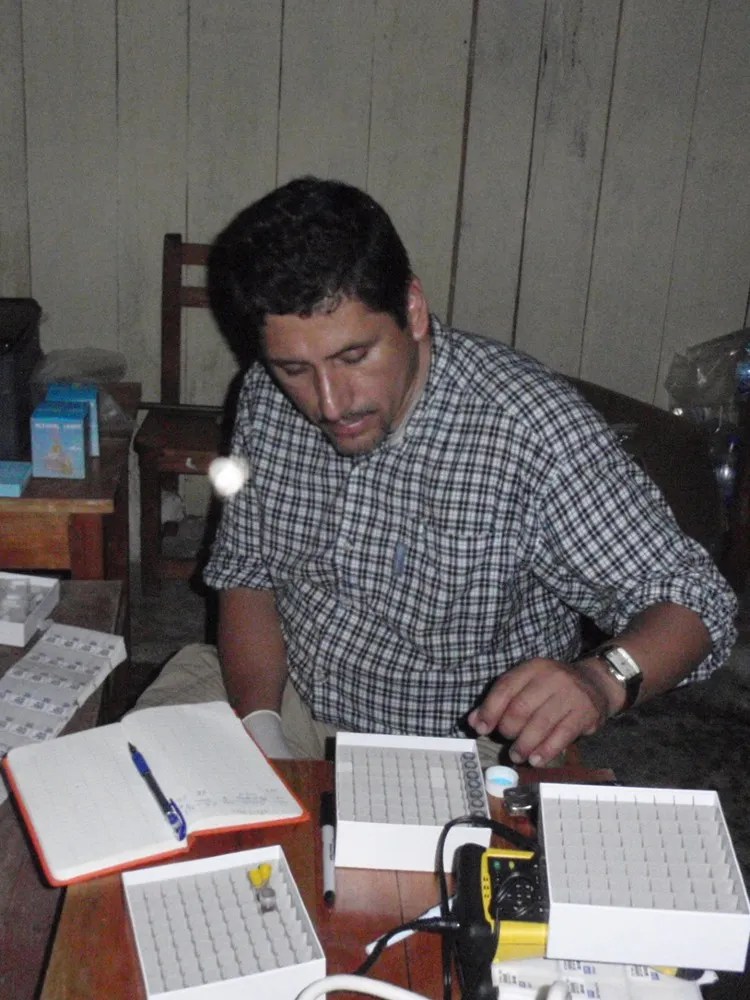
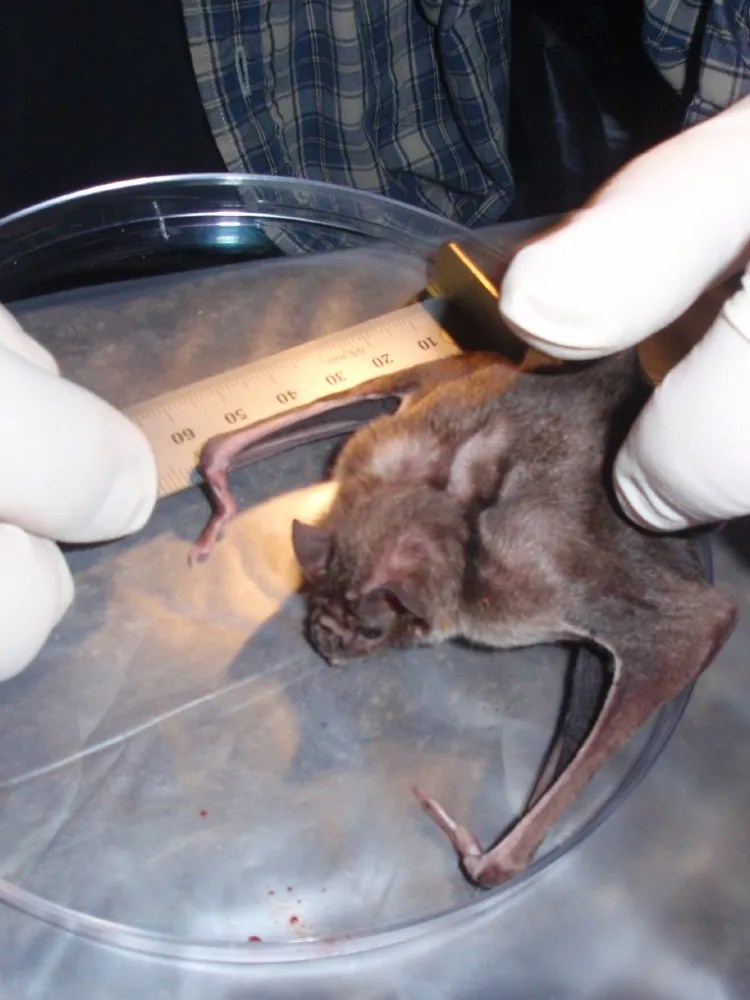
Dr Recuenco is optimistic about the future of rabies control, including the solutions that come with digital technologies. Infrastructure and new molecular technology, such as monoclonal antibodies, created to combat COVID-19 can be adapted to combat rabies.

“I have a lot of hope. And that is why I am putting a lot of time into activism, awareness, and, of course, research,” said Dr Recuenco. He advocates for better scientific communication among his peers and his students so that rabies government policy can be effective: “It’s not about what you discover, it’s about how you use your discovery to change peoples’ lives.”
Praveen Ohal: Rabies Education
Mr. Praveen Ohal is a 2020 Rabies Hero who works with Mission Rabies to carry out rabies education in communities in India. This education is given largely in schools that have training modules specifically focused on rabies.
“We teach children about animals and kindness. About how rabies spreads and dog vaccination” Mr. Ohal said about the lessons at schools. One of the things he focuses on is making sure that children do not become afraid of dogs, because fear of all dogs can make it harder to educate them on concepts like animal welfare. A benefit of teaching children directly through schools is that they can teach their family members and others in their communities about rabies. Mr. Ohal is very excited about being in charge of a new Mission Rabies truck because it will enable him to educate more communities.
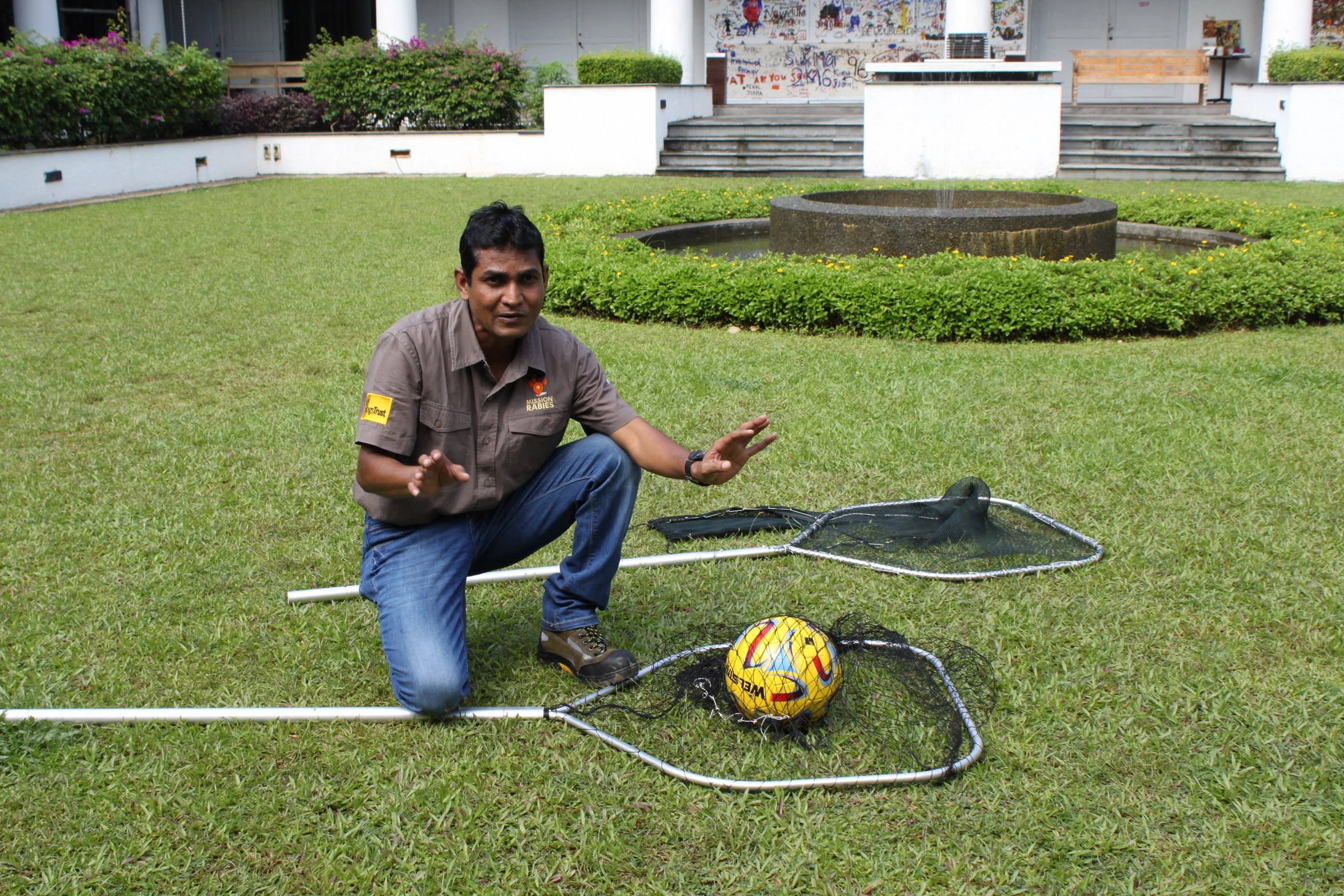
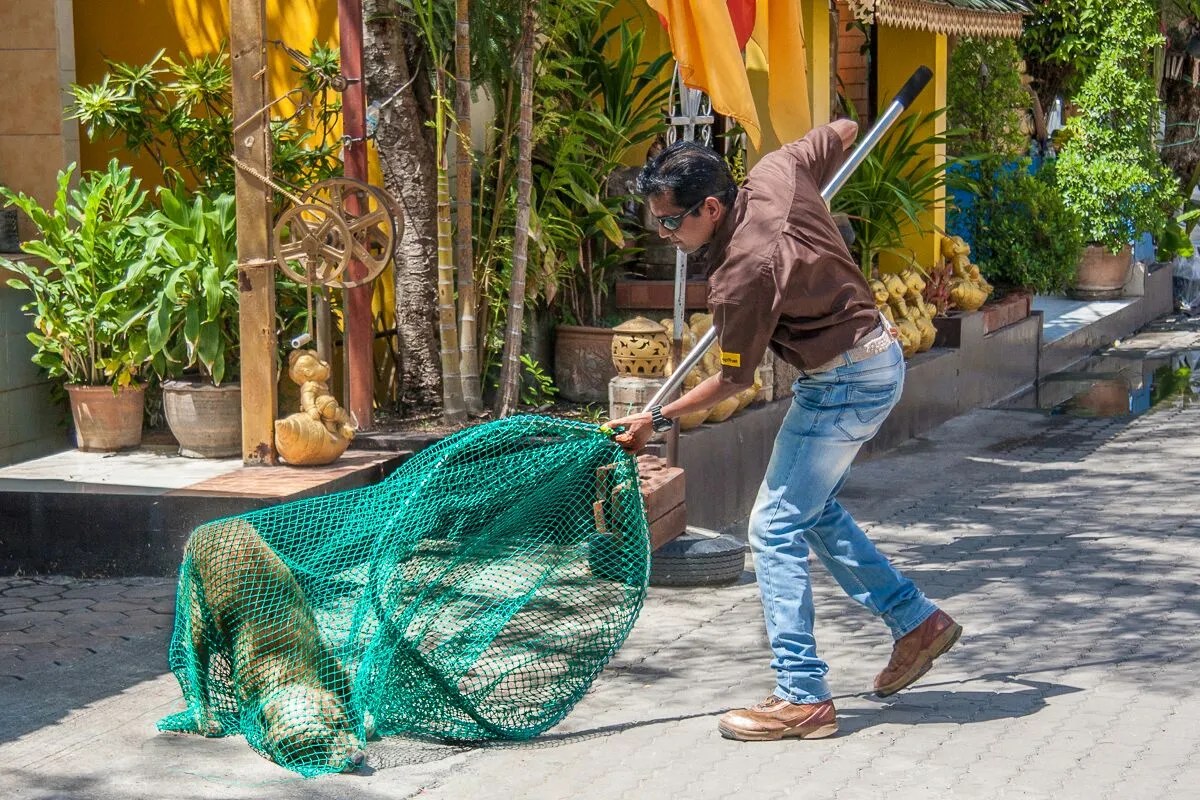
Ilona Otter: Vaccine Strategy

“Rabies is controlled by annual vaccination programs… but we need a combination of different approaches,” said Dr Ilona Otter, a 2021 Rabies Hero who works in India through the Worldwide Veterinary Service (WVS) and Mission Rabies to coordinate innovative rabies vaccination strategies.
During the interview, Dr Otter explained how traditional Animal Birth Control (ABC) programs that sterilize and vaccinate dogs for rabies are not the complete answer for rabies control. These programs were implemented starting in the 1960s as a humane alternative to culling dogs, but they mostly exist in cities while rural areas remain at the most risk due to the lack of assessable rabies vaccines.
One of her key considerations is sustainability, in this context, meaning the consistent accessibility of rabies vaccines. Dr Otter’s strategies follow the World Health Organization’s (WHO) 2018 guidance calling for the integration of rabies vaccinations into existing vaccination programs. Working with village nurses and coordinating with local health departments has led to widespread success in reducing rabies cases. Rabies vaccination in India is not nationally required. But vaccination for Foot-and-Mouth Disease (FMD) is, which is why combined FMD and rabies vaccination programs do a great job providing the village-to-village vaccination that is needed.
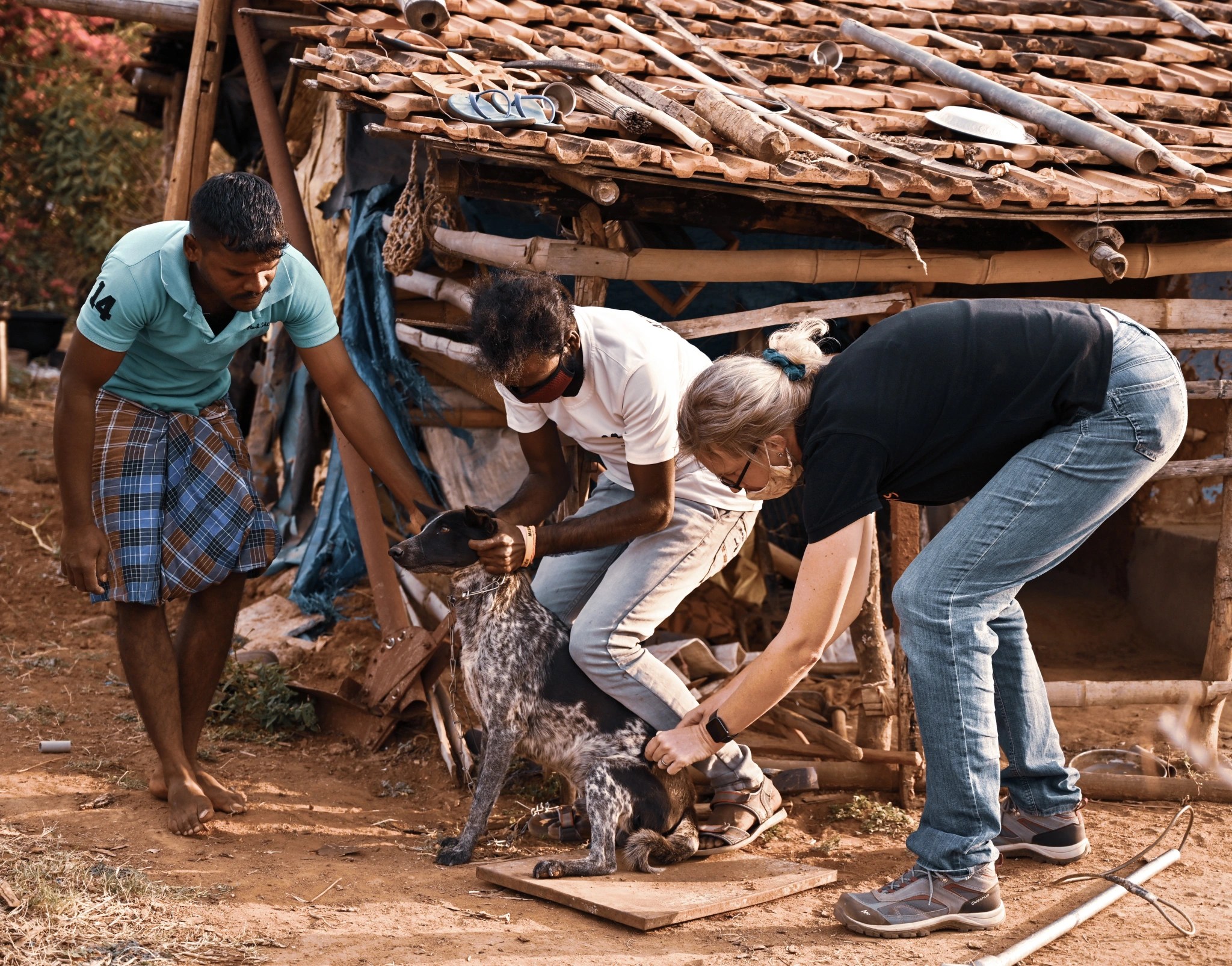
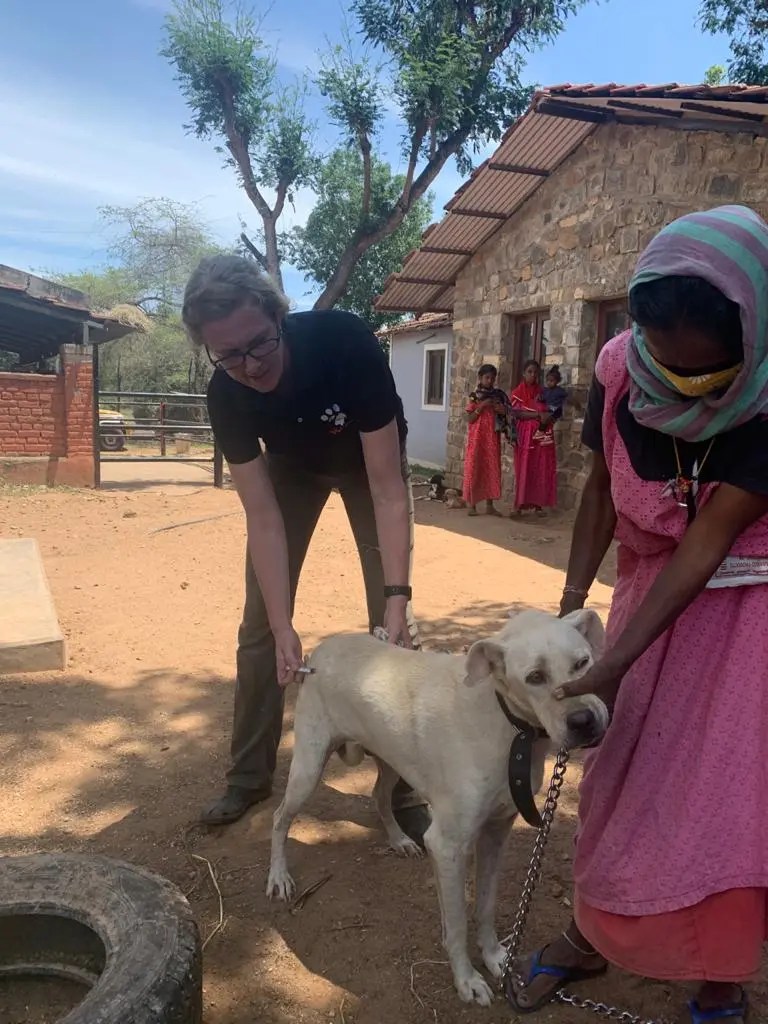
One common challenge is vaccinating stray dogs and dogs that are owned but are allowed to roam free because some can be missed when vaccination services come to a village. Luckily, with herd immunity, rabies transmission stalls once 70% of a dog population is vaccinated, and Dr Otter commented that vaccinating 70% is easily achievable in most villages. Annual dog vaccination programs can catch the dogs missed the previous year and can reduce the amount of expensive dog bite post-exposure human vaccinations needed. Dr Otter is very excited about the usage of apps that can track dog vaccination with GPS to map vaccination coverage, which will soon be implemented in Mumbai.
Vittoria Sogno: Animal Welfare
Ms. Vittoria Sogno works on the island of Mozambique at Animal Welfare ILHA (AWI), an organization she co-founded. Ms. Songo, a 2020 Rabies Hero, has reduced the number of dog bites in her community and improved the community’s attitudes toward the local dog population. She has done this by educating the people there and creating awareness of animal welfare, so much so that locals now widely vaccinate their dogs for rabies at her clinic.

“In our small way at AWI, we have tried to curb the number of unvaccinated bog bites, through constant and repeated vaccination campaigns. And it is working,” Ms Sogno said. “What started off as a dream has become a reality – the dogs and cats of Ilha de Moçambique are now safe as all are vaccinated. They now are an integral part of island life, play companions for children and source of great pride for their owners.” The photos here tell the full story:
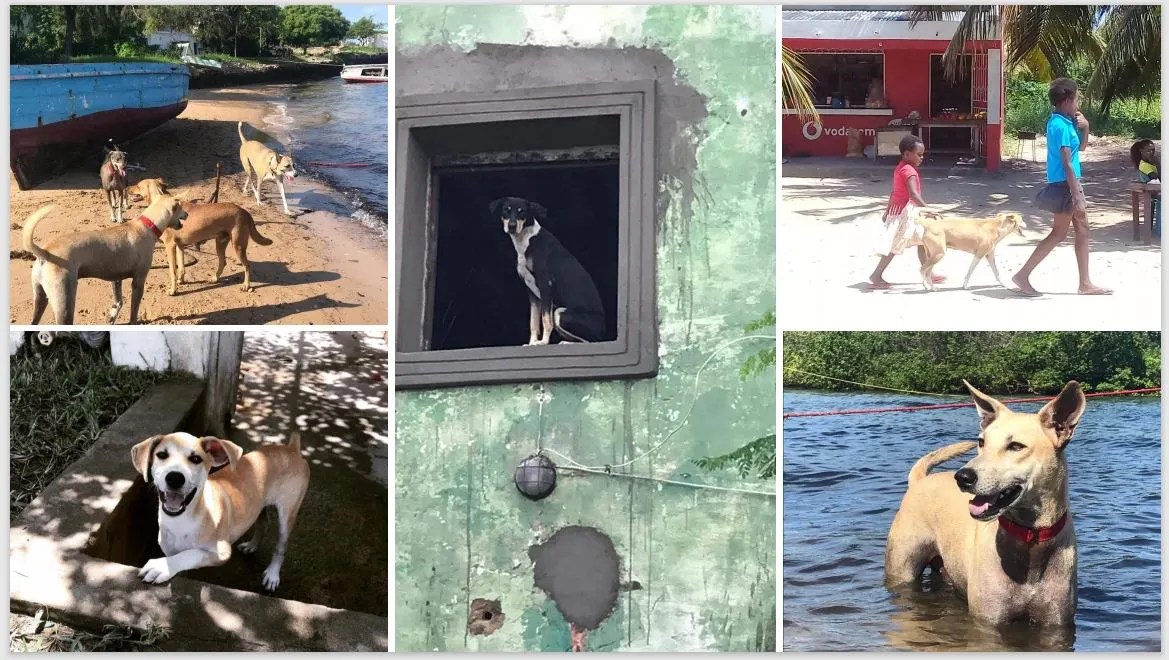
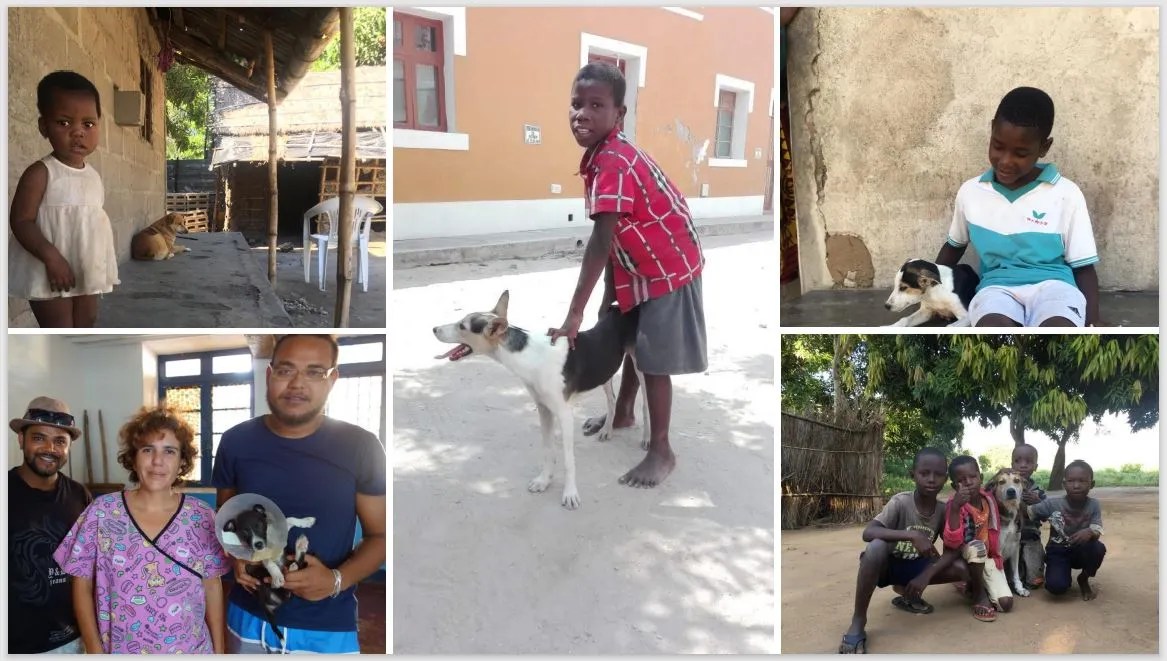
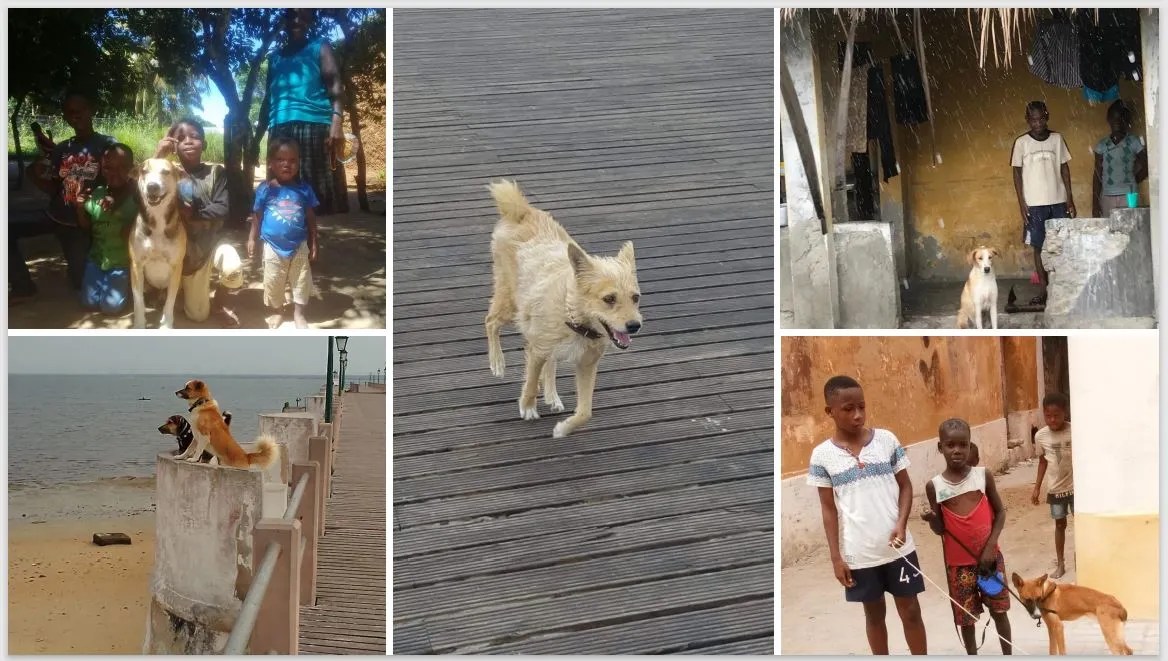
Rachel Wright: Standard vaccination
Rachel Wright earned the Rabies Hero Award in 2020 for her tireless work to reduce rabies in India. She founded the Tree of Life for Animals (TOLFA) charity in 2005, which sterilizes and vaccinates dogs for rabies. Ms. Wright also works with local humanitarian nongovernmental organizations and schools to educate about rabies and provide seamless vaccination support for reported rabid dog bites.

Dr Wright highlighted the importance of dog vaccination, the cornerstone of rabies elimination: “All it takes is a simple rabies vaccination to help keep a puppy safe”, she explained. “Our standard protocol is that before any dog or cat is released, it receives a rabies vaccination, and this puppy was no exception”.
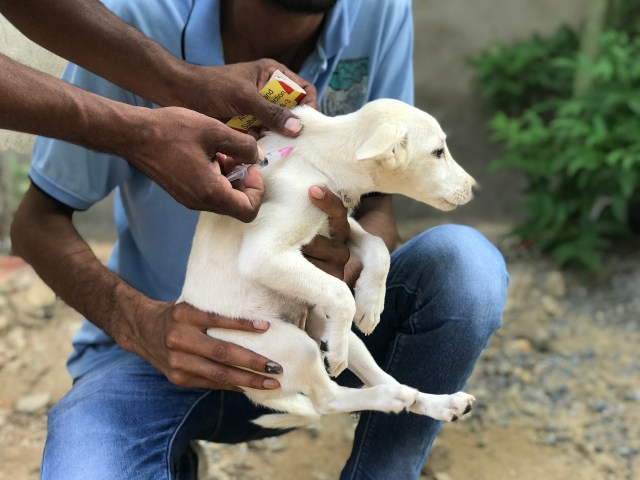
Dr Felix Lankester: Vaccine Delivery
A final conversation, rounding up this interview series was with Dr Felix Lankester, a professor at Washington State University and Director of Rabies Free Tanzania, a 2020 Rabies Hero, about a novel method of rabies vaccine delivery called Zeepot Clay.

“Zeepot cooling devices protect rabies vaccines from high temperatures enabling us to reach remote villages. They are effective, inexpensive, and locally made which allows us to scale up mass dog vaccination campaigns!”, Dr Lankester told us.

Zeepots are small clay pots that act as a passive cooling device (PCD) to help protect rabies vaccines from high temperatures while carrying out vaccinations in remote villages. Zeepots can be produced locally and help scale up mass dog vaccination programs in low-and-middle income counties. In 2020, this research was published in Tropical Medicine and Infectious Disease in an article titled “Controlling Human Rabies: The Development of an Effective, Inexpensive and Locally Made Passive Cooling Device for Storing Thermotolerant Animal Rabies Vaccines”, the first author being Dr Ahmed Lugelo, who Dr Lankester worked alongside as well as many others.
Before you go:
- To learn more about Rabies Heroes and their work visit the Rabies Hero Awards homepage
- Check the Rabies Disease Page for more information about this disease.
- See what other work is being done to eliminate rabies in the Community Response to Rabies section.
MARTA NOWAK
Marketing Lead, International Veterinary Health
RACHEL HERSCHMAN
Intern, International Veterinary Health MSD Animal Health
The views expressed in this article are those of the author(s) and interviewees, and do not necessarily represent those of MSD Animal Health. Photo credits: Rabies Heroes.

